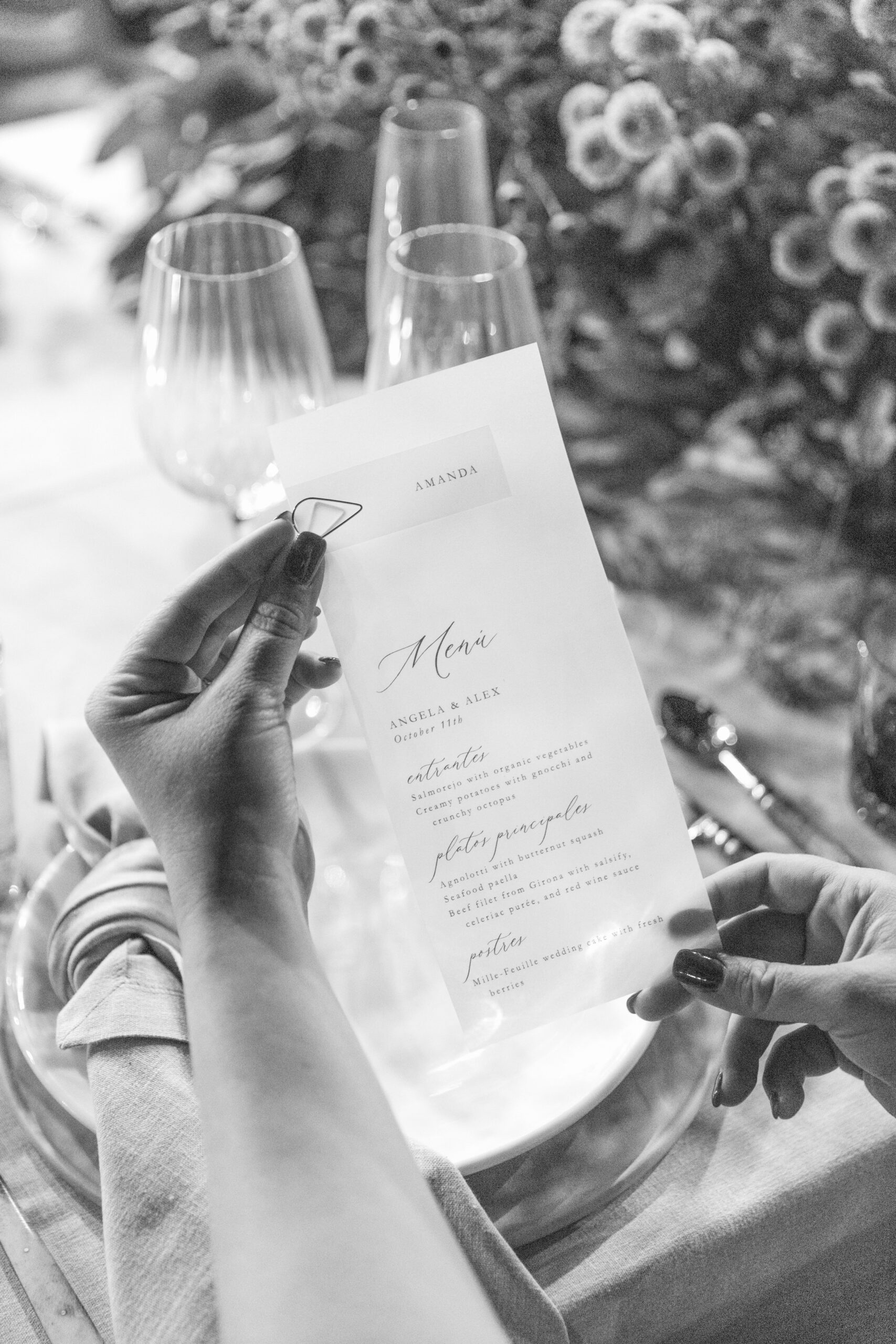
20 Tips for Second Shooting // How To Be A Great Second Shooter
March 9, 2024
published on
filed under
When I first started second shooting in 2011, I’ll admit… I had NO IDEA what I was doing. I was pretty good with my camera, technically. I could shoot in manual mode and had some understanding of flash. However, I wasn’t entirely sure of my role as a second shooter and had no idea exactly what my primary photographer wanted or needed from me. It wasn’t until I started shooting my own weddings that a light bulb went off and I started to really understand what a second shooter should do! A very belated apology to all of the amazing photographers who took me under their wing during that first year… I wish I had known how to be more valuable to you and your clients!! So, in an effort to help newer photographers out there, here are some tips for those of you who want to start second shooting. Hopefully these tips will help you bring as much value as possible to the primary photographer’s wedding day:

1. Dress appropriately. You would think this is a no-brainer, but I’ve seen second shooters and assistants show up in some very questionable outfits over the years. Your attire should be functional, comfortable, and appropriate for the formality of the occasion. Wearing all black is a safe bet for most weddings, but if you have any questions about exactly what to wear, it’s always best to ask your lead photographer. My own go-to outfit is a black midi or maxi dress (currently loving the Hill House Ellie Nap and Louisa Nap dresses in black crepe) paired with Rothy’s flats and statement earrings. I also always wear bike shorts under my dress just in case there’s strong wind or if I need to get into a weird position for shooting. At the end of the day, you want to wear something comfortable and practical, yet wedding-appropriate. You should always blend into the wedding day and look like you’re attending the wedding as a guest. Black jeans, blue jeans, tennis shoes, henleys, and polo shirts are NOT acceptable to wear to a wedding. Always err on the side of being overdressed, rather than underdressed. You are working and representing someone else’s brand, so dress with that in mind.
2. Plan ahead to arrive at least 15 minutes before your official start time. As a representative of the lead photographer, the last thing you want to do is be late. You just never know what traffic or parking will be like, so plan to arrive early.
3. When you are photographing the clients getting ready, take care in selecting a well lit and uncluttered space for the main “getting ready” images. Most second shooters are tasked with photographing the groom + groomsmen by themselves. While a lot of times the guys are getting ready in a messy hotel room, there are things you can do to create the illusion of a clean space. Having your subject stand next to a large window or glass door is generally an easy place to do this. Make sure you are removing any clutter from the background, like water bottles, towels, empty hangers, tuxedo bags, random articles of clothing, etc. Take the time to prepare the space for these photos so that you are delivering the best possible product to your main photographer. Crop in super close if needed.

4. Be the primary photographers’ complement, not their shadow. If they are shooting with a standard lens, shoot tight with your telephoto zoom. If they are shooting vertically, shoot horizontally. Being aware of these things will help you give them VARIETY, which is so valuable! They do not want or need you to shoot the same thing they are shooting, unless they specifically ask for that.
5. Do not shoot just for the sake of shooting. If you don’t have a great second angle, that’s okay! Use this time to take some photos of the main photographer in action, B-roll images, or to prepare for what’s next on the timeline. Your lead photographer doesn’t want to cull through a ton of extra images, especially if your angle isn’t flattering.
6. Find ways to add value to the wedding day for the primary photographer. Grab impromptu family photos of guests and VIP’s, photos of the wedding party members and family with their significant others/dates, candid in-between moments, or a photo of the parents and/or grandparents together… lead photographers LOVE this because it goes above + beyond the “standard” wedding photos. The lead photographer will always be focused on the couple, so focusing on other moments and important guests adds a lot of value. Plus, it’s really easy for the second shooter to grab these kinds of shots throughout the day!
 7. Come prepared with the appropriate gear or borrow/rent it so you are completely prepared for any situation. As a general rule, you should have a full frame camera body, lenses that cover from 24-700mm, and an on-camera flash – as well as backup gear. You should come just as prepared as you would if YOU were the primary photographer.
7. Come prepared with the appropriate gear or borrow/rent it so you are completely prepared for any situation. As a general rule, you should have a full frame camera body, lenses that cover from 24-700mm, and an on-camera flash – as well as backup gear. You should come just as prepared as you would if YOU were the primary photographer.
8. Communication is essential, especially when you are apart from the lead photographer. Be sure that your phone is turned on and that you are available to the lead photographer at all times when you’re not in the same place. I typically wear my Apple watch and have it set to vibrate, so that even if I’m in a space where I can’t hear my phone, I can feel the vibration on my wrist and respond quickly.
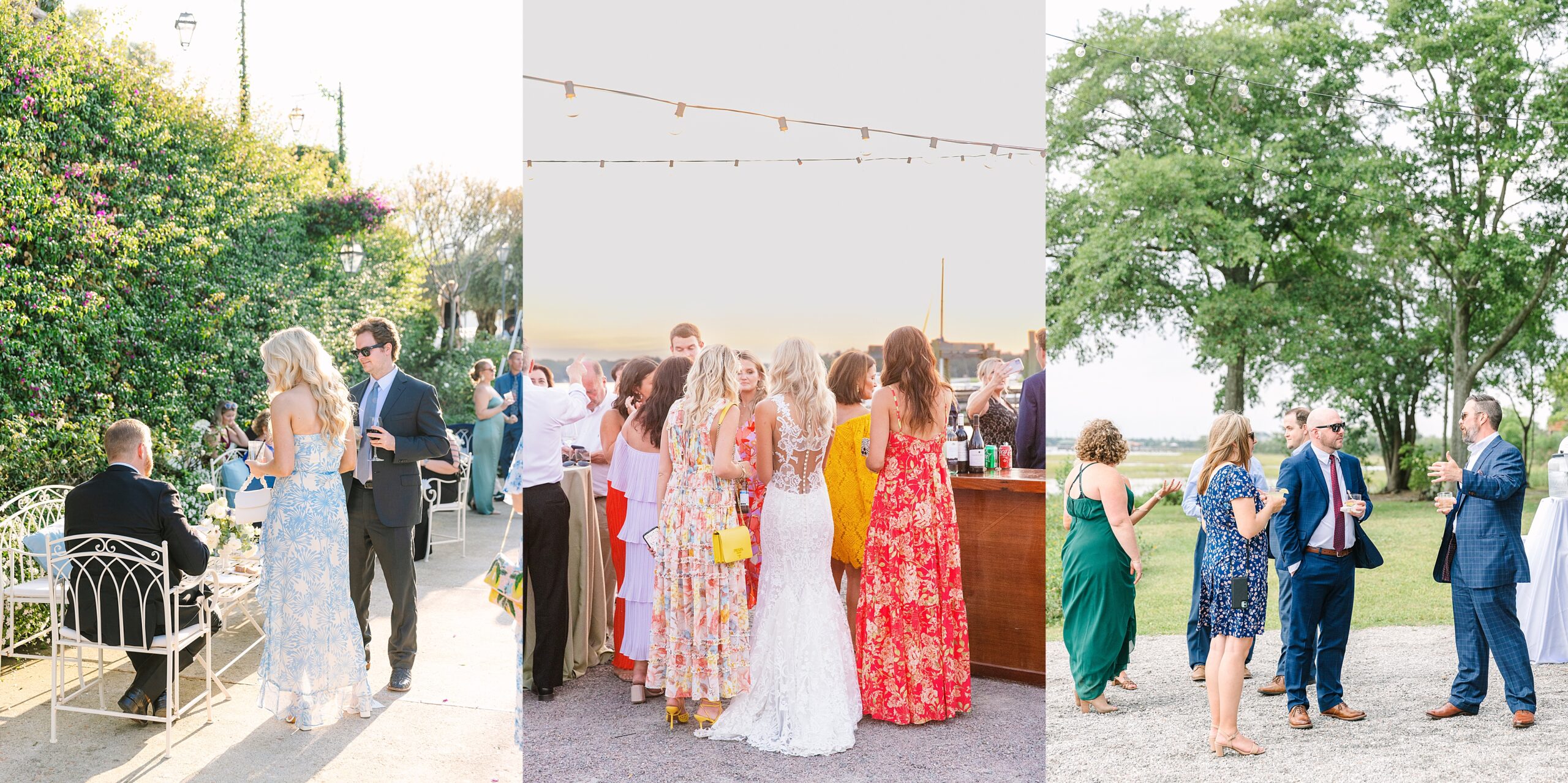 9. Wedding days aren’t always easy. Sometimes there are stressful family dynamics, underlying tension between people, and sometimes people can be straight up rude. It is important to maintain your composure and act with professionalism at all times – especially as a second shooter. If you are experiencing any type of verbal, sexual, or physical harassment, be sure to communicate this to your lead photographer ASAP so that they can address it.
9. Wedding days aren’t always easy. Sometimes there are stressful family dynamics, underlying tension between people, and sometimes people can be straight up rude. It is important to maintain your composure and act with professionalism at all times – especially as a second shooter. If you are experiencing any type of verbal, sexual, or physical harassment, be sure to communicate this to your lead photographer ASAP so that they can address it.
10. The lead photographer will be focusing on the main photos of the day. The “safe” shots. As a second shooter, you get to be a little more creative and also help out the lead photographer by keeping an eye out for the smaller details. Environmental details and tight editorial images are always great to capture, as well as keeping an eye out for wonky boutonnieres, dresses that need to be fluffed, pocket squares that need to be adjusted, etc. throughout the day. Being a second set of eyes for the lead photographer is easy to do and so helpful, especially when we’re working in a time crunch.
11. Take care of the lead photographer. Offer to get them water, carry their bags, run “errands”, and be a go-fer. Taking on the assistant role when needed is definitely appreciated!
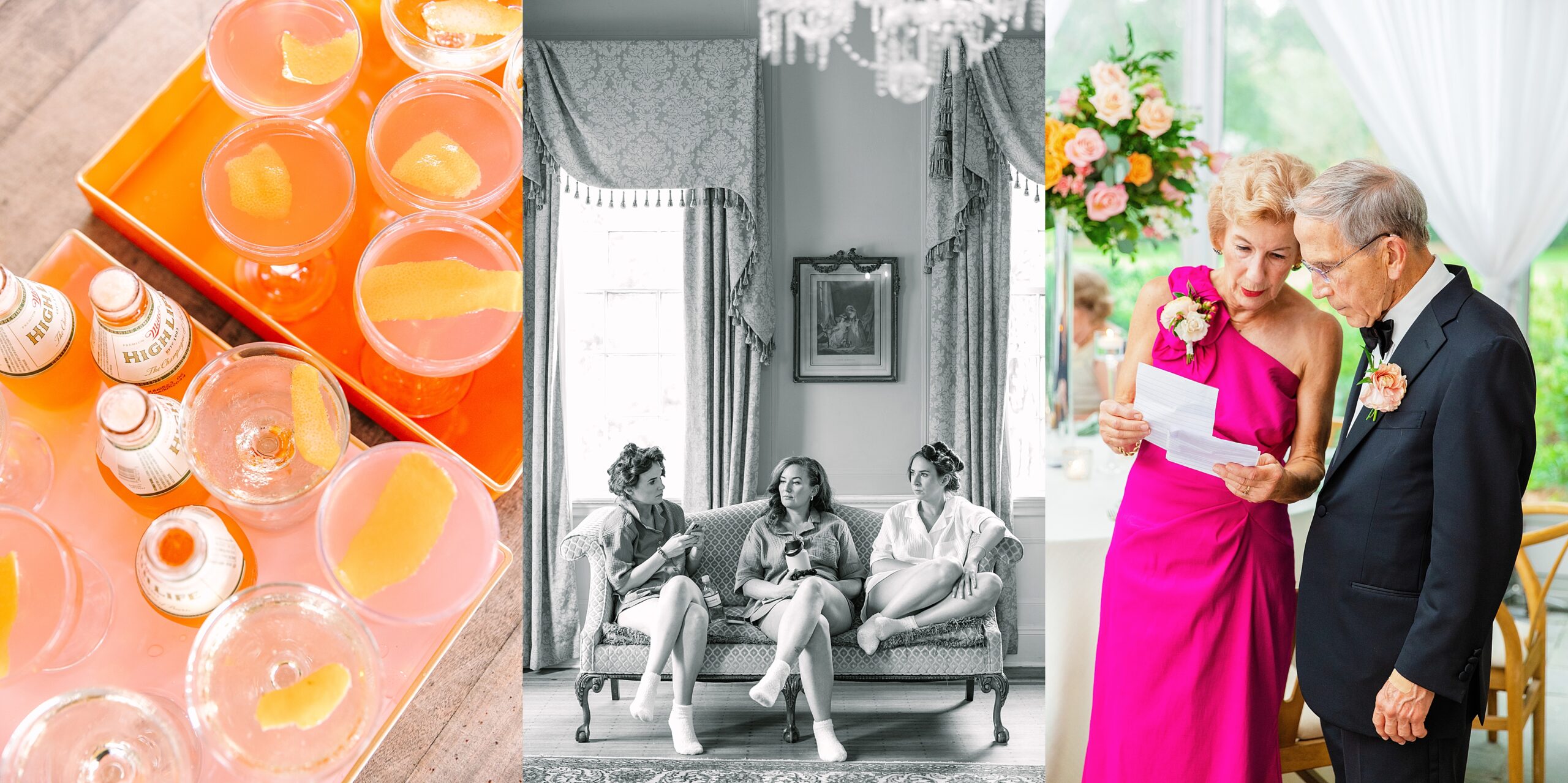 12. Look for the side stories. The lead photographer will most likely be focused on the couple, so you should pay attention to everything else going on. Wedding party, parents + siblings, guests… pay attention to them during special moments of the day like the ceremony, First Dance, speeches, etc. and during “slow” times like family formals. Those candid moments are amazing and the couple will absolutely love them!
12. Look for the side stories. The lead photographer will most likely be focused on the couple, so you should pay attention to everything else going on. Wedding party, parents + siblings, guests… pay attention to them during special moments of the day like the ceremony, First Dance, speeches, etc. and during “slow” times like family formals. Those candid moments are amazing and the couple will absolutely love them!
13. Remember, you are shooting for the lead photographer and their clients… NOT yourself or your portfolio. Leave your own ego at the door and walk in, completely ready to serve them and their couple.
14. Whatever the lead photographer is shooting, shoot something else. At the end of the day, no matter how great your photo is – if it looks exactly like something the lead photographer already shot, the lead photographer will ALWAYS deliver their own image to the client… not yours. To create value and diversity in the clients’ gallery, shoot something completely different than the lead photographer. And if there isn’t a good secondary angle, find other ways to serve the lead photographer and their clients. Second shooting isn’t always about actually shooting.
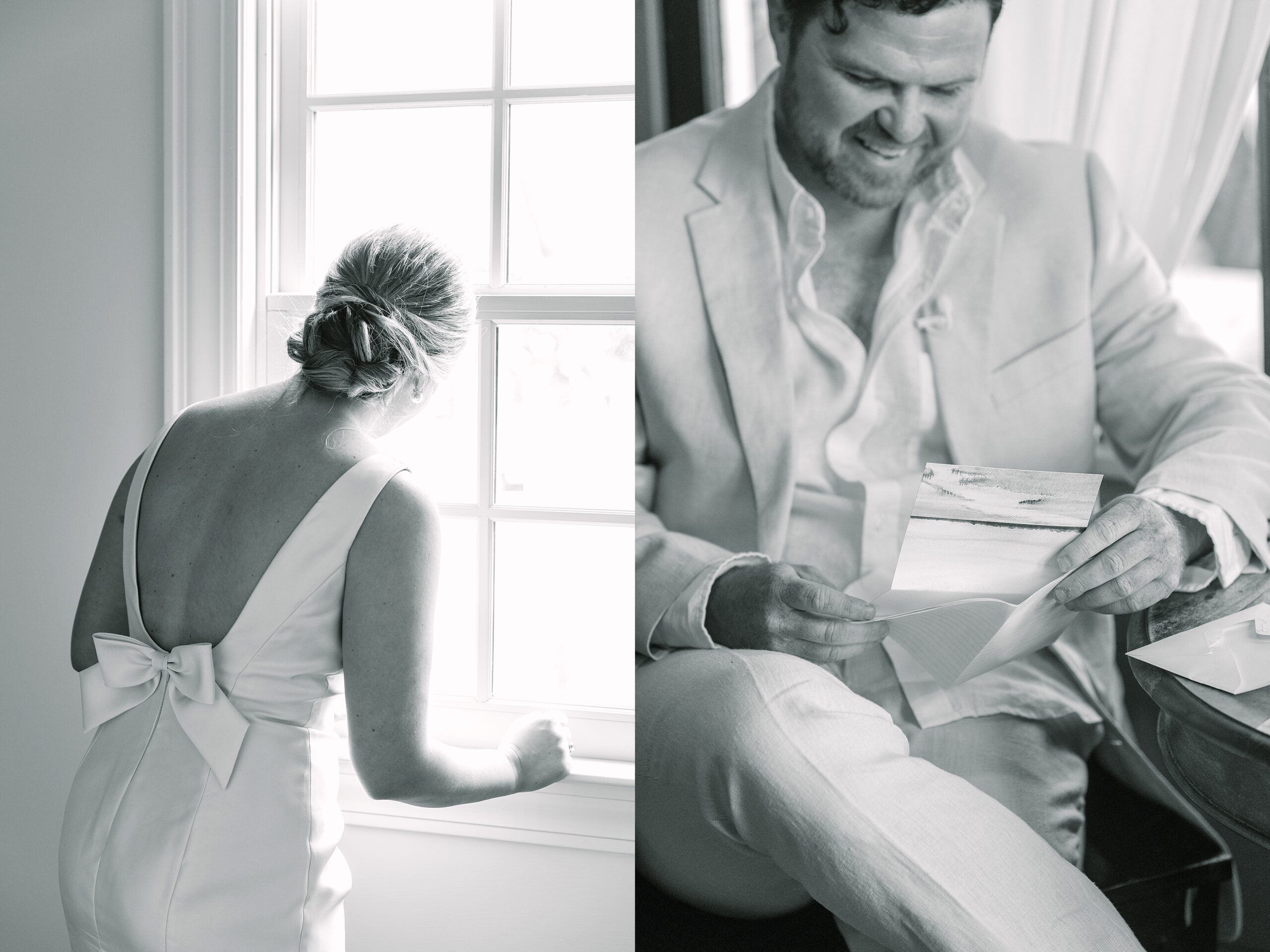 15. Be aware and respectful of the lead photographer when it comes to interacting with clients and guests. You should not send or accept any friend requests to/from the clients after the event or comment on any subsequent social media posts using your business account. The clients should only know you as “Jane from Lead Photographer’s Company” – not “Jane from Jane Smith Photography”. You are representing the lead photographer at all times – not yourself.
15. Be aware and respectful of the lead photographer when it comes to interacting with clients and guests. You should not send or accept any friend requests to/from the clients after the event or comment on any subsequent social media posts using your business account. The clients should only know you as “Jane from Lead Photographer’s Company” – not “Jane from Jane Smith Photography”. You are representing the lead photographer at all times – not yourself.
16. Use any downtime you may have during the day to capture some photos of the lead photographer working. I absolutely LOVE coming across these photos while I’m culling my second shooter’s work. Clients love seeing their photographer in action and it’s always great to share with potential clients on social media.
17. Crush cocktail hour. This is the perfect time to grab as many “grip and grins” of guests as humanly possible. If the couple is attending cocktail hour, simply follow them around. Most guests will want an iPhone photo with the couple, so it’s easy to jump in and say “I’d love to grab one too!” Cocktail hour is a great opportunity to add a ton of value to the lead photographer’s final gallery for the clients. Guests love seeing images of them with their date/family in the gallery and will most likely order a print – which is literal cash in the lead photographer’s pocket. It’s also a great time to showcase guest fashion, which adds an editorial edge to the entire gallery.
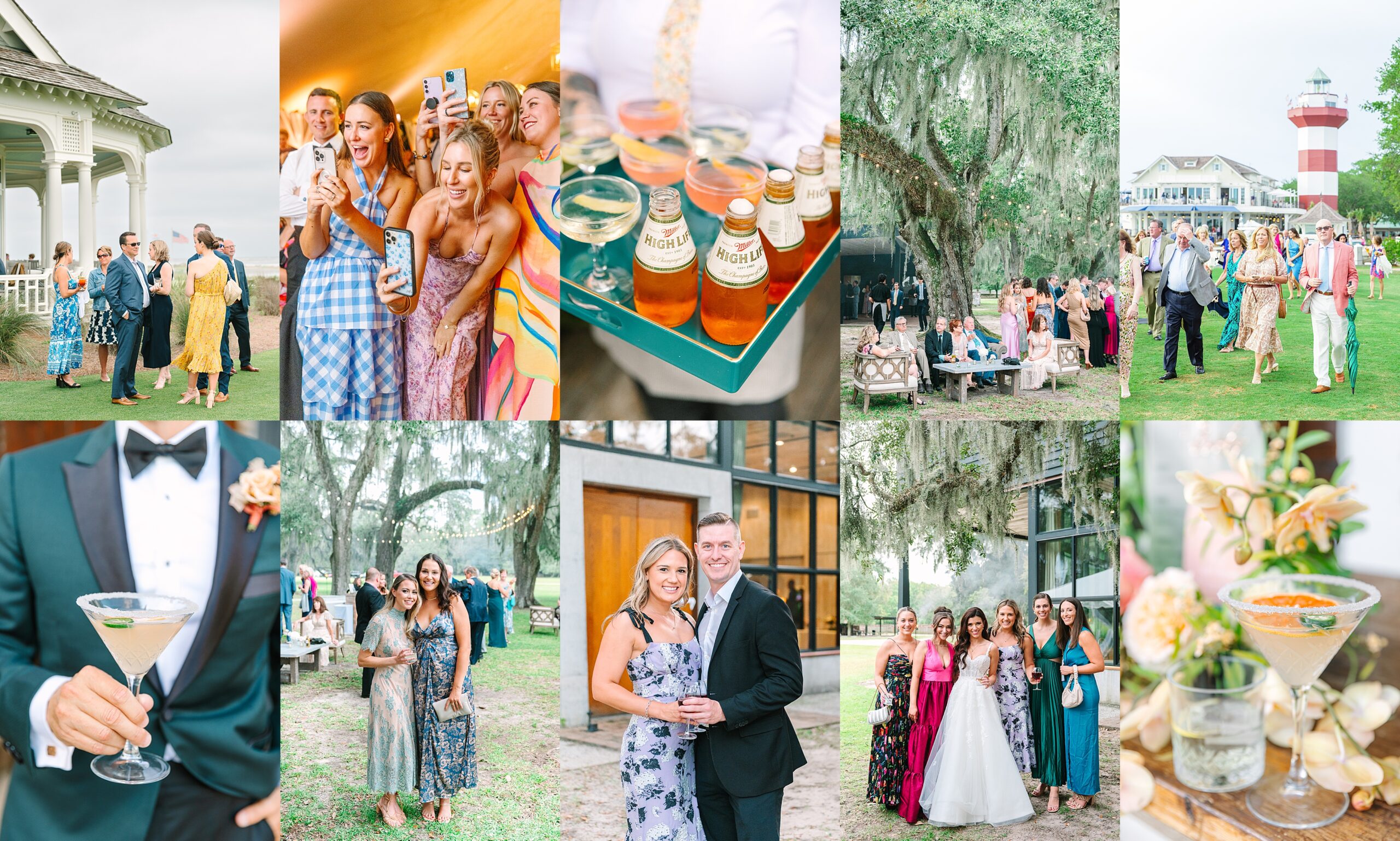
18. If you’re going to spend time taking photos of food and/or drinks during cocktail hour, take the extra step to make sure it’s “pretty”. Style the specialty cocktails together in a cute vignette. Ask a guest who is wearing a color that complements the wedding color palette to hold a drink. If the lighting by the bar is not good, grab a floral centerpiece and take a photo elsewhere. Be intentional. A half-eaten tray of appetizers serves no purpose to anyone. The photographer isn’t going to deliver that image because it’s just not aesthetically pleasing and they know that the caterer certainly doesn’t want to have any photos of their food looking poorly. So find servers with full trays, take the time to STYLE the food and drinks, pick your angles carefully, FOCUS ON THE PIECE OF FOOD THAT IS CLOSEST TO THE CAMERA, and crop in tight, if needed, to eliminate any distractions. Food + drink shots can be extremely difficult – so really take your time with them. Because after all, if you’re going to take the time to do them, you should do them well.
19. Look for the not-so-obvious details that may have gotten overlooked by the lead photographer. Things like signature drinks at cocktail hour, koozies, custom cocktail napkins, the card table, the guest book, the escort card display before guests start taking it apart, favors, memory tables, ceremony programs, champagne tower welcoming guests to cocktail hour before guests start taking drinks… all of these things are extremely helpful to grab before they are gone or torn apart for the lead photographer.
20. Communicate with the lead photographer, especially on super busy days with a ton of details and a lot of moving parts. As a crucial part of the photography team, it’s important to communicate if you “missed” anything or weren’t able to get a really good shot of something important. Don’t worry about disappointing the lead photographer. They’d rather know this information at the wedding when they have the ability to go shoot it again themselves – versus finding out after the wedding when they cull. Wedding days are so complex, so just approach everything from the viewpoint of team work and doing the best job possible for the clients. They have been planning this day for a long time and these photos are important to them. Never lose sight of that.
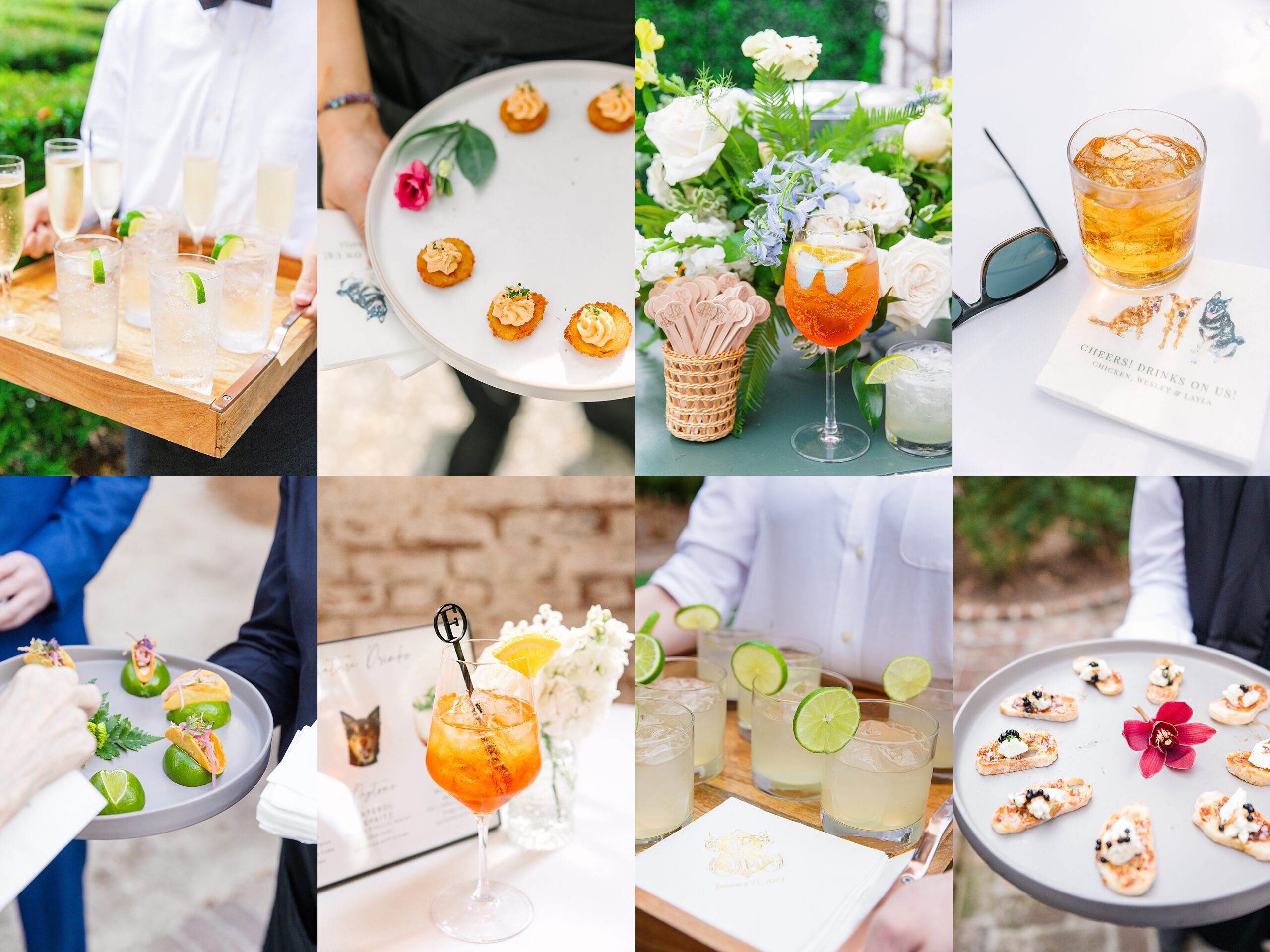
These are my tips for second shooting and how to be an amazing second shooter. Feel free to comment below with any other tips I may have forgotten!
With a well-worn passport in hand, and an affinity for a good cocktail, Dana works with fun-loving and kind-hearted clients around the globe.
meet DANA
Becca + Stephen’s art deco inspired wedding at the American Theatre in downtown Charleston was one for the books! Their day was filled with so much love, joy, and thoughtfulness – I swear, the best weddings are always the ones that are centered around the couple and their family + friends. Sure, pretty details are […]
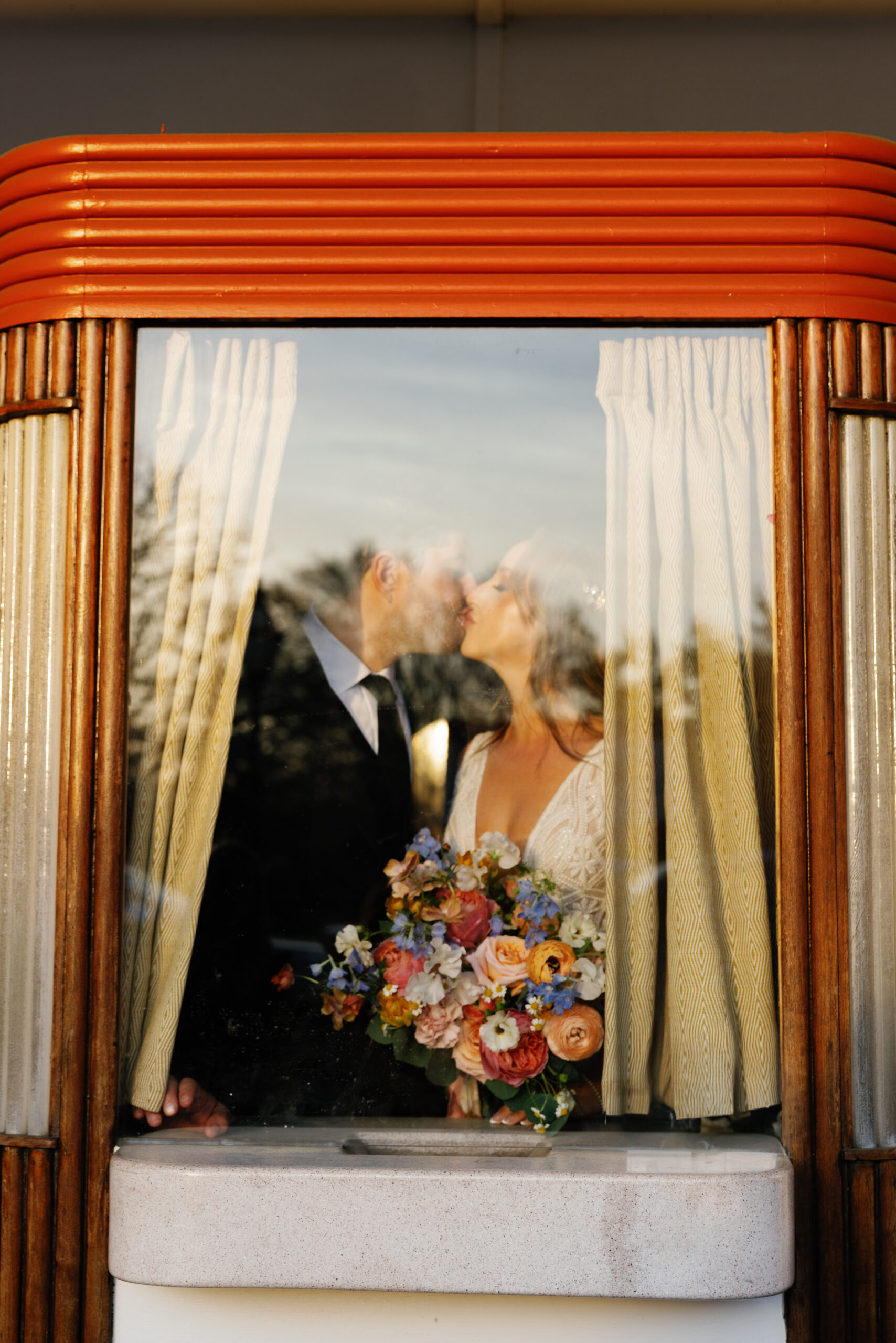
2025 got off to the very best start with Maggie + Britt! I absolutely ADORE these two and their wedding day was the perfect way to start the new year. Their shared love of the water and all of the natural beauty that the Lowcountry has to offer made the Regatta Inn a no-brainer choice […]
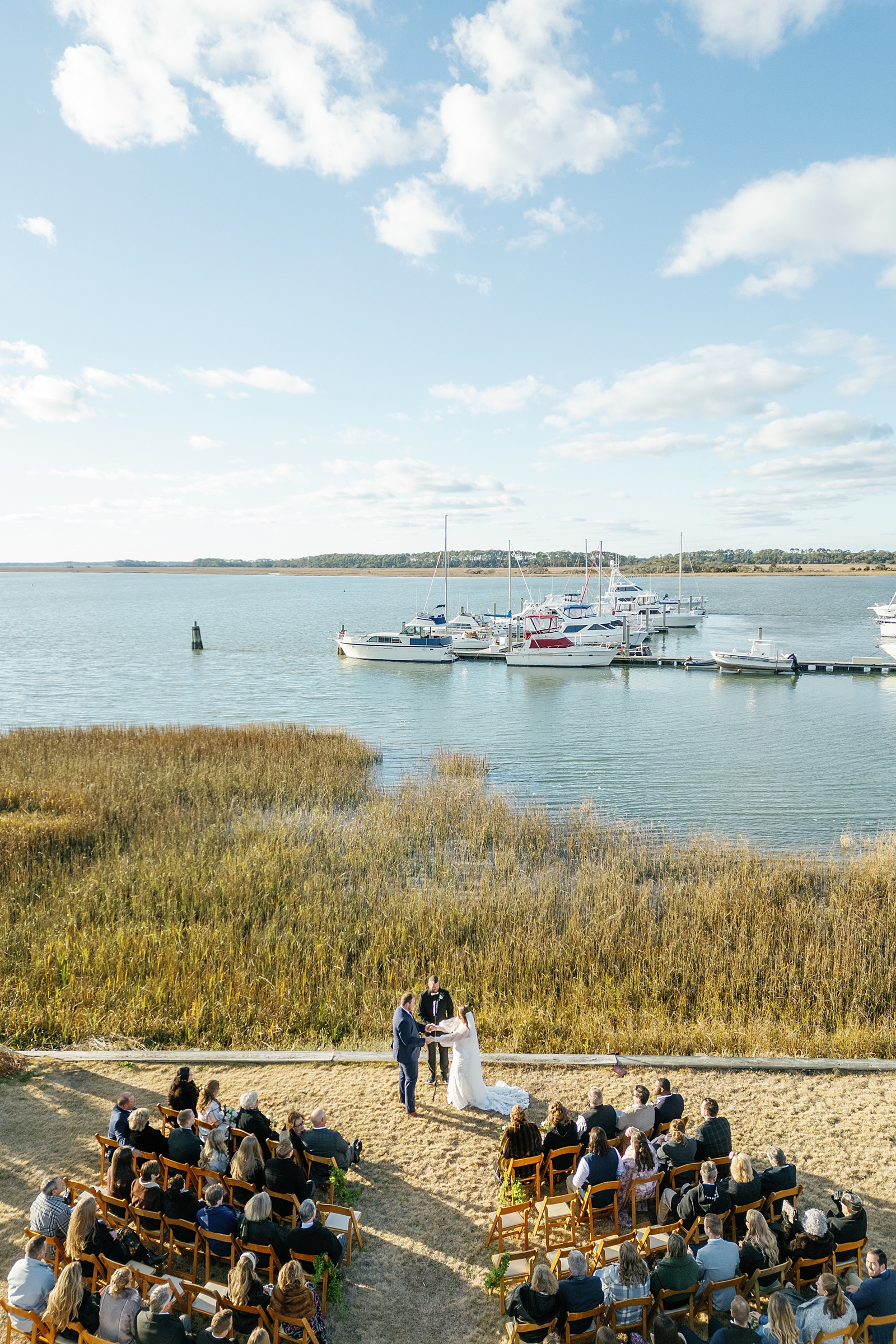
Payton + Connor’s rainy celebration at Lowndes Grove was the PERFECT way to close out the 2024 wedding season. When I first spoke with Payton, she told me that she envisioned a colorful wedding day – despite being married in late December. I LOVE that she went with bright florals and colors because it was […]
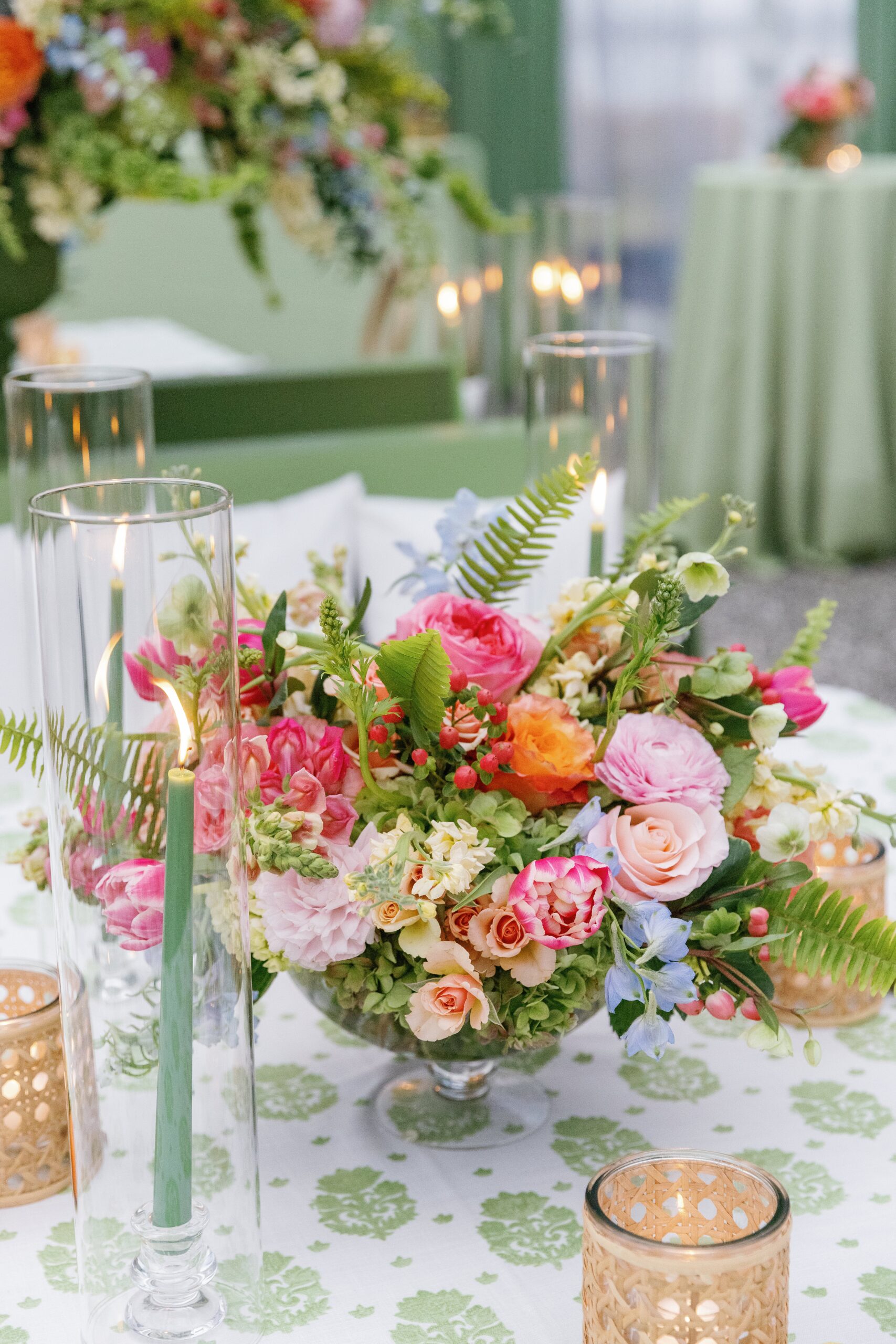
Hannah + Matt’s intimate brunch wedding at The Sanctuary on Kiawah was such a special celebration. If there are two things I LOVE, it’s an intimate wedding and brunch! Combine them together and it’s the perfect recipe for a memorable soiree. Can I specialize in brunch weddings? Pretty please?! I just love them! The morning […]
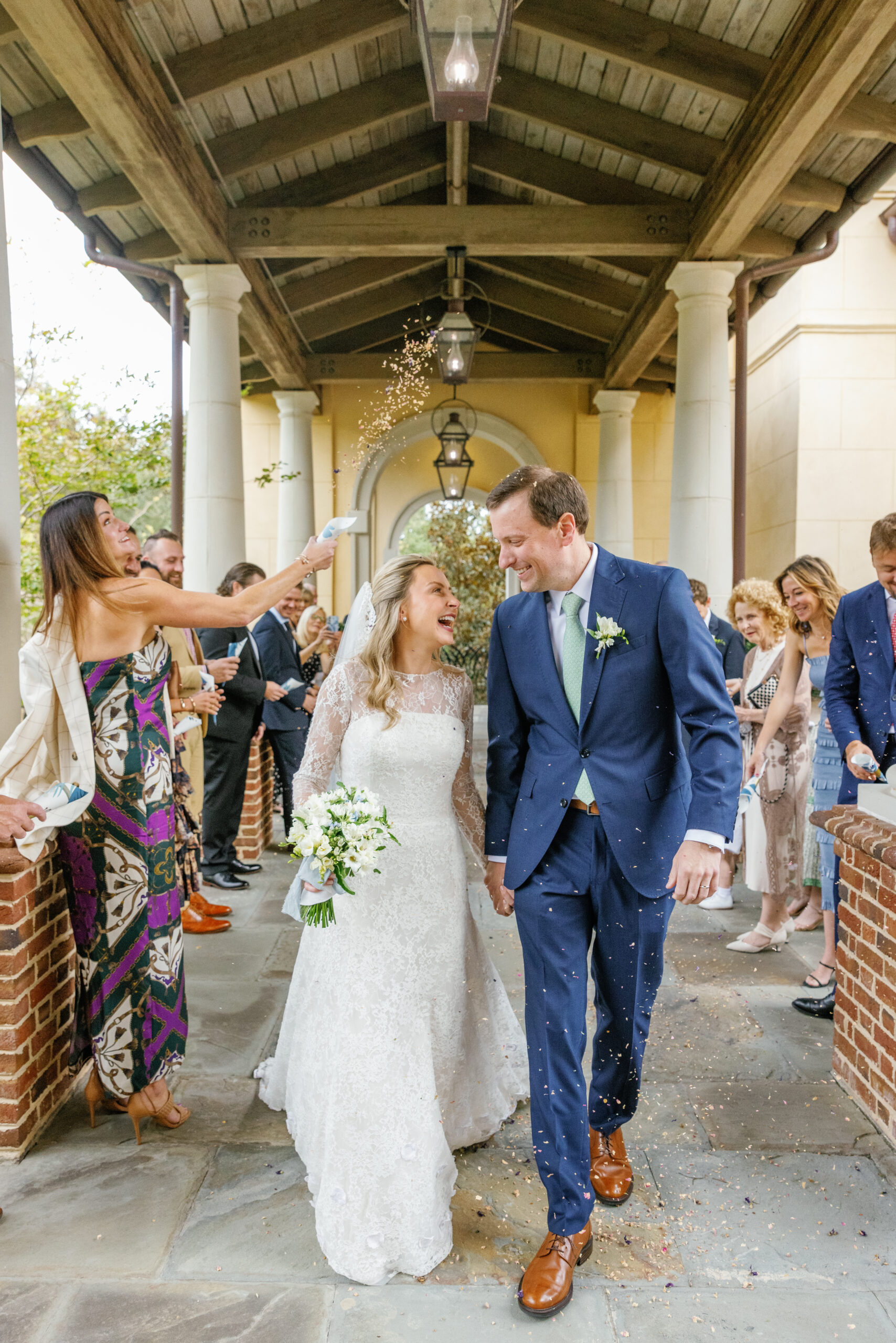
Ashley + Kyle’s wedding day was, in a word, magic. These two share such a beautiful love and I am beyond thankful to have witnessed it first hand. Ashley is pure JOY in human form and she absolutely glows in Kyle’s presence. The way they look at each other and care for each other is […]
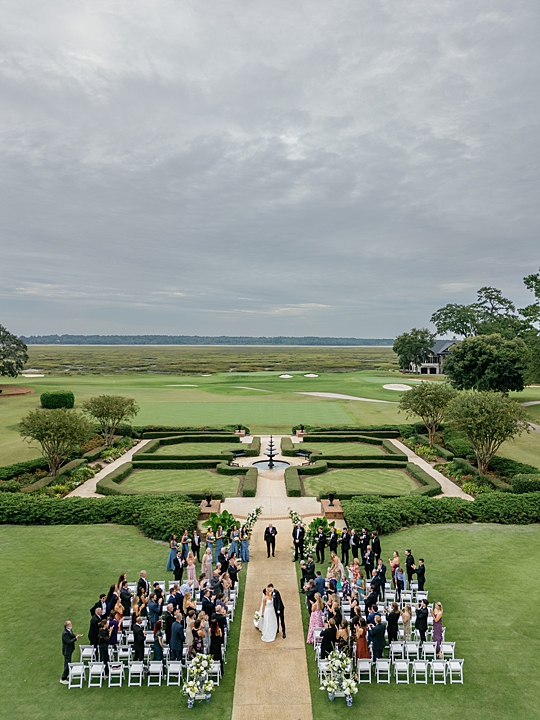
From the moment I first spoke to Sandra, I knew her wedding day was going to be something special. She had a clear vision of a day filled with special details, personalized moments, and a celebration of love that was truly unique to her and Matt’s love story. Being in the fashion world, I knew […]
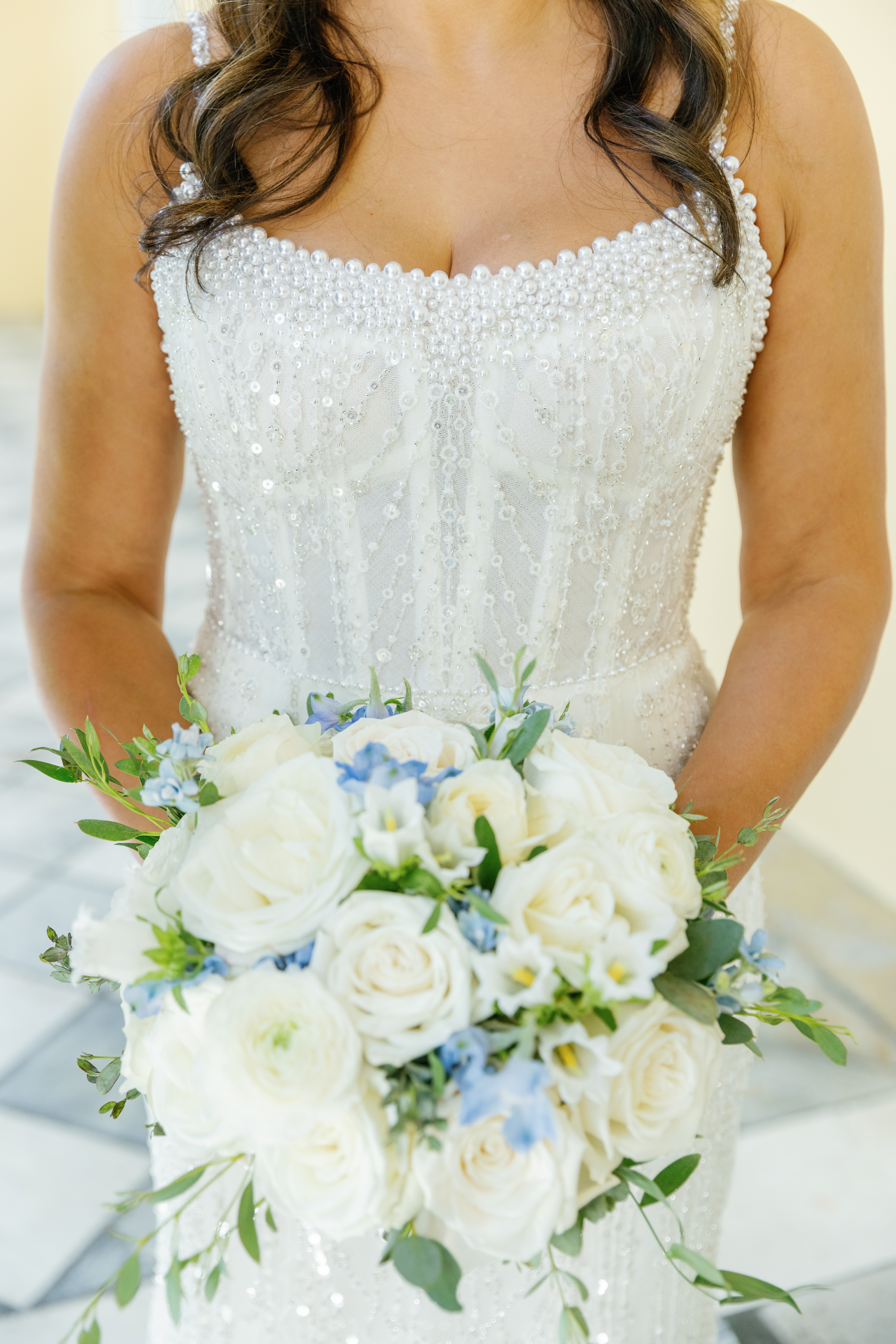
entries
popular